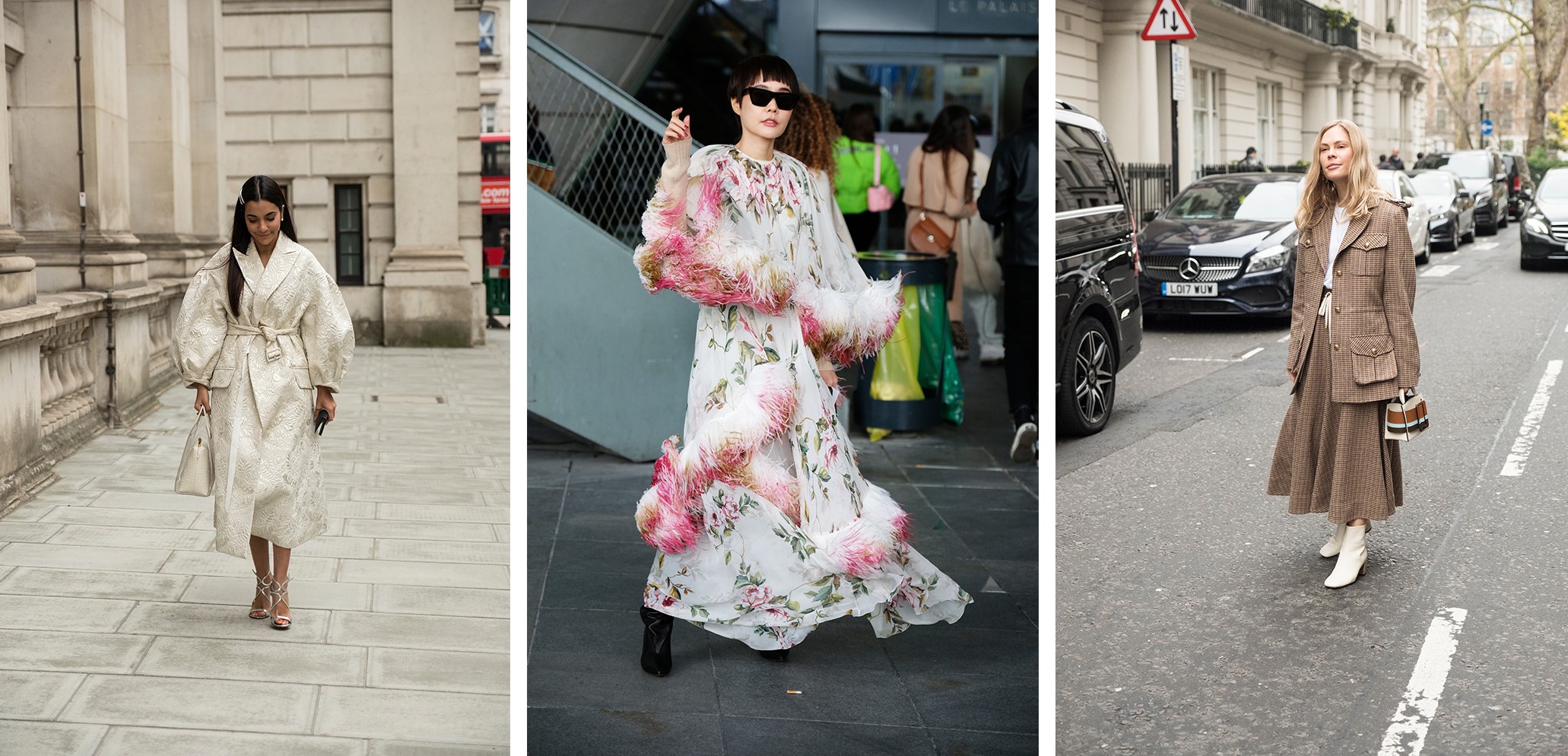Fashion Forecasting: Art and Science

Fashion is undergoing a rapid transformation. Trends are evolving faster, new voices are influencing fashion and everyone is welcome to participate. Because of this, our approach to fashion forecasting had to also evolve.
What is fashion forecasting?
According to Shannon Schafer, our senior fashion director, "Fashion forecasting blends art and science, enabling us to anticipate trends, so we can serve up more of what the customer wants, exactly when they want it. The art is the fashion, but the science comes through analyzing the sociological direction that fashion is heading. This blend helps take out personal opinions and allows us to be unbiased as we analyze various data points to forecast the fashion future."
Why does it matter?
Anticipating the next big trend is one way we stay relevant as a fashion authority – and it can't happen on the fly. It takes about a year to produce and get products into stores, which means we must know next year's trends today. To accomplish this, Schafer's team, the fashion office, is responsible for gathering data points from a variety of sources to forecast what will delight and inspire our customers next.
How is it changing?
Historically, the industry relied on high-end designers' runway shows to drive trends. This created a reliable cadence of when trends would change, when to forecast those new trends and when we needed to send guidance to buyers and factories to prepare for production. Thanks to the internet and social media, that's all changed – the world of fashion is open for everyone to influence at any time. Now, not only are there more accommodating styles, but consumers are expecting to see those styles in their local retailer sooner than ever, increasing the pace and complexity of forecasting.
To keep up, our fashion office is leveraging new technology to help analyze more data points on what people are excited about, so we can identify the right trends faster. We're now able to look across the web to analyze everything people are talking about on social media, in fashion blogs, in mainstream outlets and everywhere in-between, so we can better differentiate between the fads and the fabulous, giving us greater confidence in the trends we forecast.
However, Schafer says simply gathering and analyzing data isn't enough – it needs to be grounded with fashion expertise. "At Nordstrom, we don't have walls between our tech and fashion. We've married our teams so the people crunching the data understand fashion and what our customers look for. We're also connected to our salespeople and stylists on the front lines to help maintain a pulse on what our customer wants." Ultimately, it's not just the technology, speed, fashion expertise or connection to the customer that makes a difference – it's combining everything into one efficient team that sets us apart.
